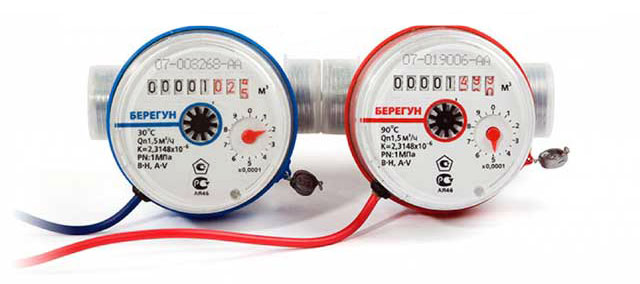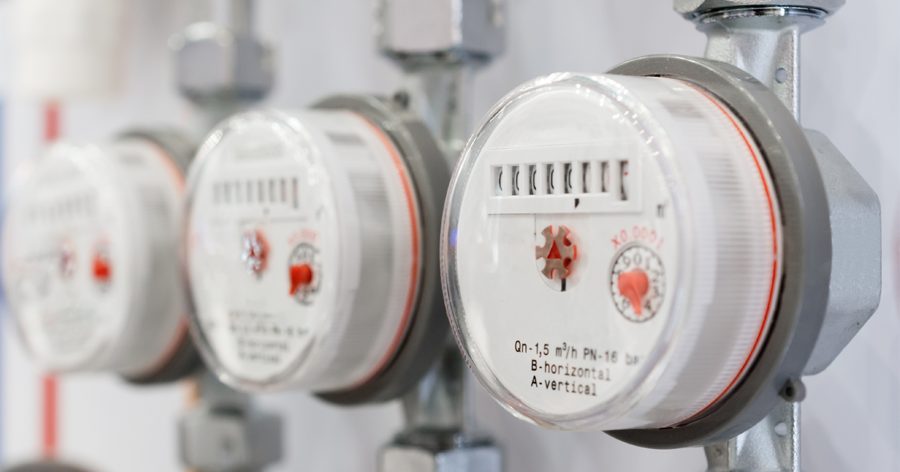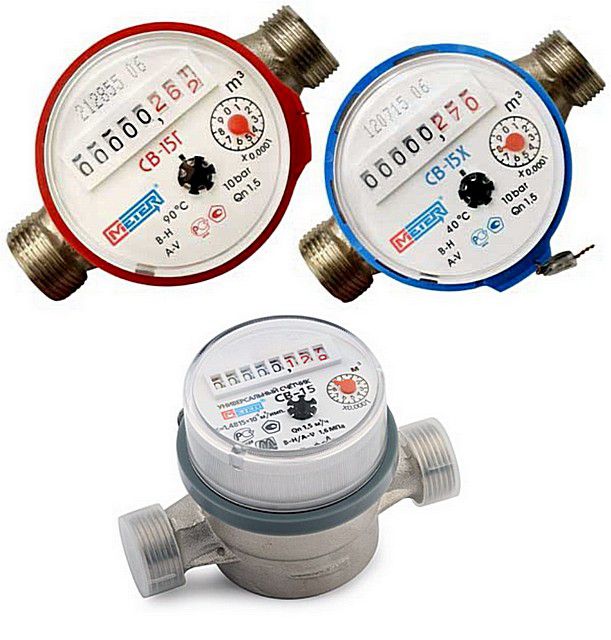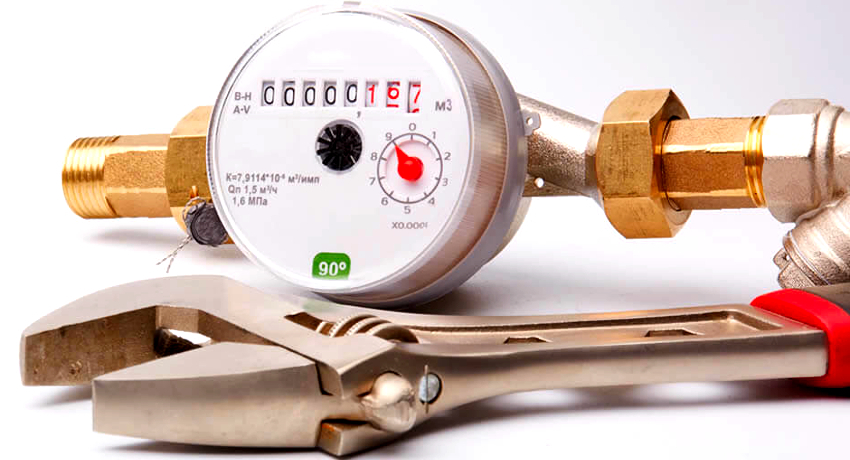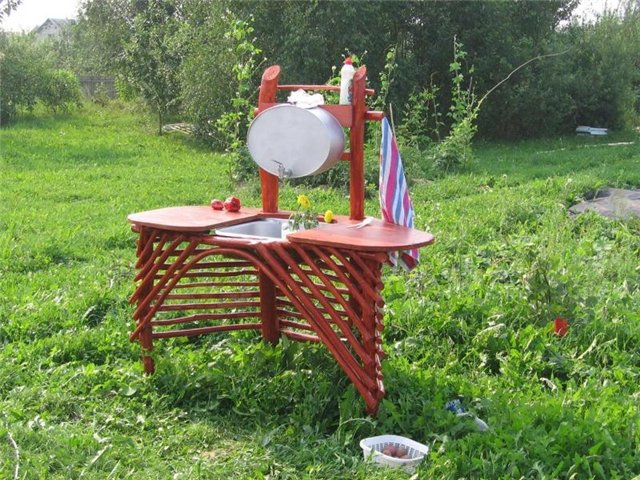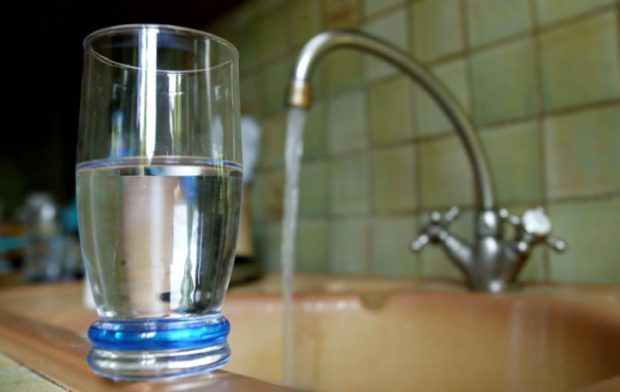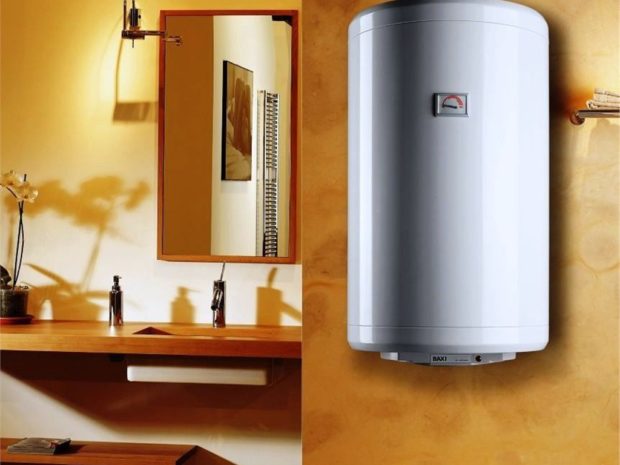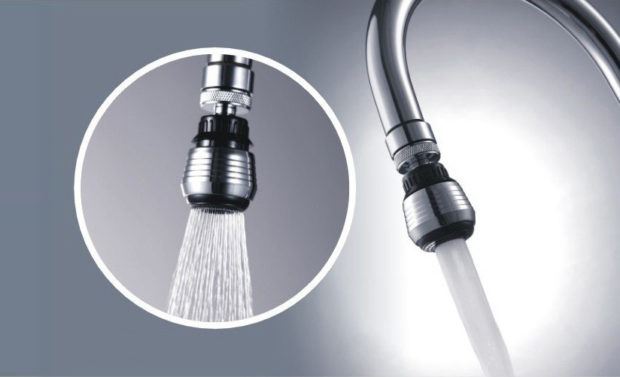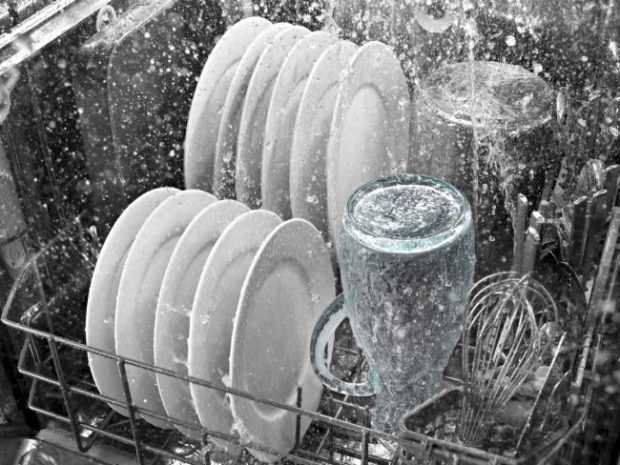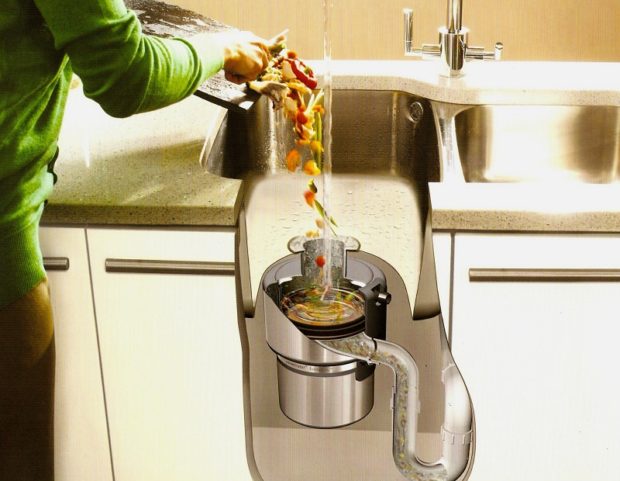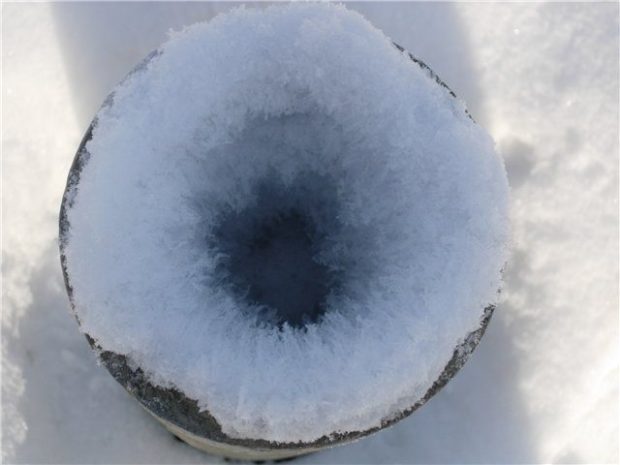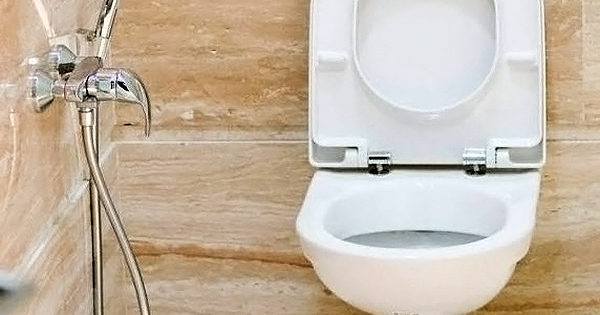Water meter: which is better to choose and install
Do you know the situation when the whole family was absent for almost a month at home, and the water bill came as if you had not all crawled out of the bath? If so, then it is time to think about installing a meter for consumed water, i.e. counter. In some regions of the country, the availability of such a device has already become mandatory, while in other regions this decision will also be gradually reached. But why wait for a solution from above, if you can start saving now! We figure out what water meters are, which is better to choose and install, when you need to check it, and what benefits you get with the installation of this compact device.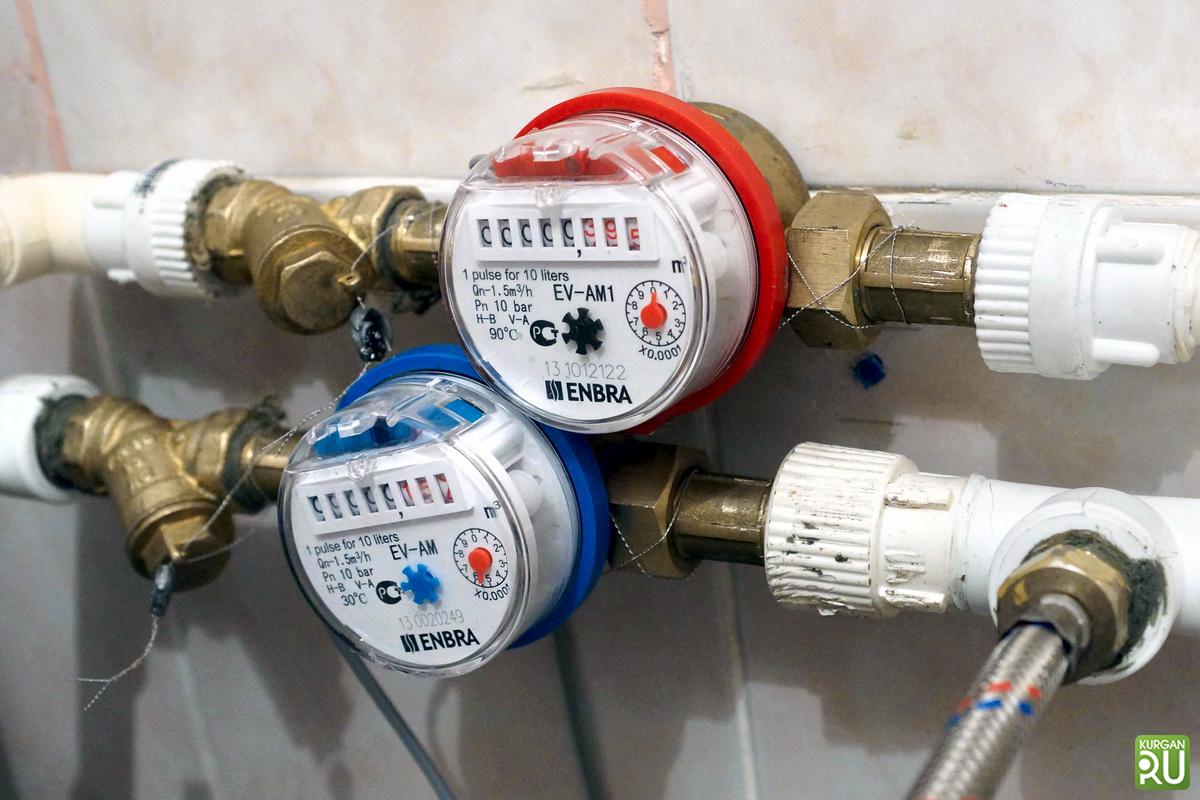
Why is a water meter needed?
This question may seem silly, but You may not even suspect how much you are overpaying without having a water meter in your apartment:
- utilities calculate water consumption by norms per person, which, according to studies, two or more times exceed actual water consumption. There is another approach when the meter is installed at the input water supply in the house, and the amount of water consumed is divided by the number of residents. You can save, and the neighbor from above to wash and wash twice a day, but you still pay the same. Not fair;
- if one of those registered in the apartment temporarily or for a long period does not live at the registered address, you still have to pay for it, and again at inflated rates;
- if you and all family members were not at home for a month, you will still have to pay a fixed fee upon return, and no one cares that all this time from crane not a drop of water was spilled;
- owners of private houses connected to the central water supply, also enter the norm of water consumption volume on watering, which is calculated based on the area of the plot, as well as car wash volumeif there is garage. In this case, you can not water the site at all, or use rain water for this, and wash the car only in a car wash, but you will still pay for a non-existent expense;
- with the costs of water consumption are inextricably linked drainage costs, i.e., without a meter, you pay for gigantic volumes of water disposal;
- alas, often utilities are divided among subscribers who do not have water meters, water leaks, other subscribers' debts and other expenses, since the service will not work at a loss.

Installing a meter will reduce payments for the consumption of cold and hot water by several times, and the cost of buying and installing the meter itself will pay off in the first few months.
The presence of a meter in an apartment disciplines and makes you more careful about a valuable natural resource - water. Even without a single gram of environmental awareness, a person will tighten the taps and repair the constantly flowing drain tank, since you will have to pay for every drop of water poured. After installing the counter, you will be surprised for a long time how much you overpaid all this time!
Types of Water Meters
The installation of the meter will save you from overpaying, but how accurate the performance of the device will be and how long it will be depends on a number of factors, therefore the choice should be taken seriously.
Water meters are of the following types:
- tachometric;
- ultrasound
- electromagnetic;
- resonant.
Tachometer counters
Tachometric, or vane, counters - most popular type of device. Their principle of operation is as simple as possible. Water passes through the impeller or impeller, rotating it, and each revolution corresponds to a certain volume of water. The torque is transmitted to the shaft, and then to the calculating device of a mechanical or electronic type, from which it is enough for the user to regularly take readings. In the conditions of apartments for pipes of small diameter usually put water meters equipped with an impeller. Such counters have an error, but very small. More accurate will be devices based on turbines. They are placed on pipes with a diameter of 25 mm or more.
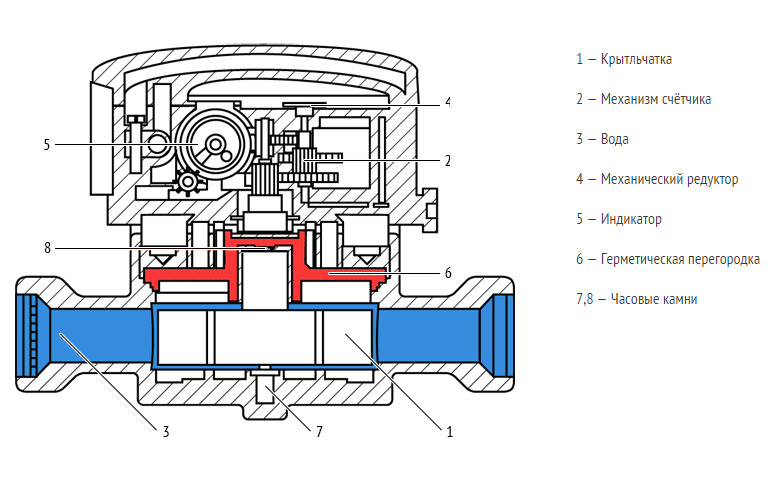
Main problem impeller water meters - inertia and dependence on flow turbulence. To eliminate this drawback, multi-jet meters are produced in which the water flow is divided into several. These are more complex devices in terms of design, and they cost more, but they are characterized by higher measurement accuracy. It makes sense to take them if you use more or less significant amounts of water.
Also available combined type counters. When the flow of water is not strong, the impeller will more accurately measure the spent cubic meters. If water consumption increases, the water meter will use a turbine. Such devices are usually used on water mains - in an ordinary apartment there is no sense in them, especially since they will be much larger in size than a compact winged water meter.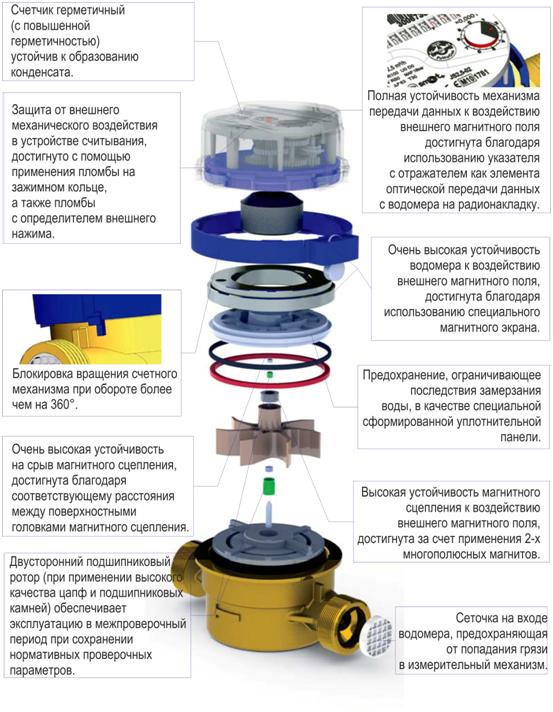
Tachometer counters depending on the location of the impeller or impeller can be divided into two types:
- Wetwhen these elements are located in water. This is a simpler design, because the torque from the impeller or impeller is transmitted directly to the counting mechanism. Such water meters will cost less, and the magnetic field can not affect them in any way. On the other hand, since key parts will be in constant contact with water, the durability of the structure is reduced. If in the region there are problems with the quality of water (it has increased rigidity), then the mechanism may be contaminated and disabled;
- Dry meters have a slightly more complicated design. A magnet is mounted on the impeller or impeller; a second magnet is placed on the shaft of the counting mechanism. Due to the operation of this pair of magnets, torque is transmitted. The solution allows to increase the uptime of the counting mechanism, but the accuracy of the water metering can be compromised by using an external magnetic field. Someone considers this nuance to be an advantage, since the meter can be “corrected” at its discretion, but this is illegal. With fraudsters they fight fines, as well as improving the design. Most modern counters have a special insert that protects the magnets from external influences.

Inexpensive, accurate and durable “dry” type water meters are most widely used among consumers. However, they, like devices of the "wet" type, have to periodically checkto confirm the accuracy of the measurements. Verification is carried out every 4-6 years, for this it is necessary to contact a special organization, which has the right to carry out this type of work in the service or directly in your home. The organization must be accredited by the Federal Accreditation Service (FSA). This is a rather troublesome process, because if you have a desire to perform verification of water meters and have all the necessary equipment for this, then it is better to contact a company that will tell you all the nuances of interaction with the FSA and allow you to quickly get accreditation.
The design of the water meters may vary, but most of them have a special indicator that will warn the user about the flow of water through the meter.It is better to take models with a filter mesh at the inlet, which will prevent large contaminants from entering the meter body.
As for scales, then in most counters you will see black and red numbers. Black numbers go to the point and show the number of cubic meters consumed. The red numbers after the decimal point are liters from 1 to 999. Some water meters have a dial gauge that measures milliliters. Less commonly, there is an option in which only cubic meters are displayed on a digital scale, and hundreds, tens and units of liters, as well as milliliters of consumed water, are displayed on dial scales.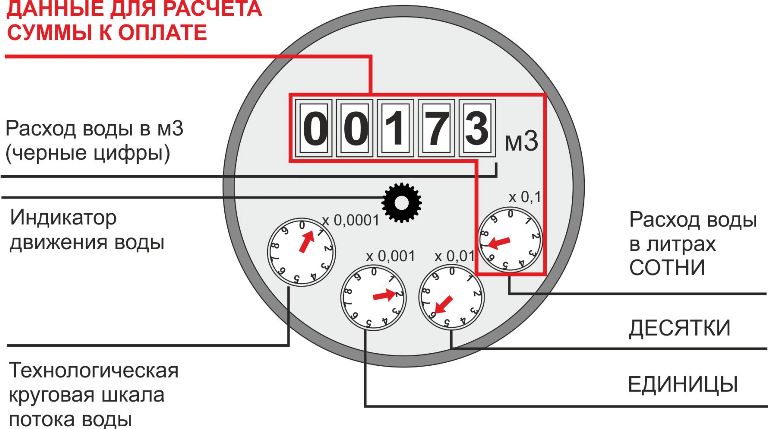
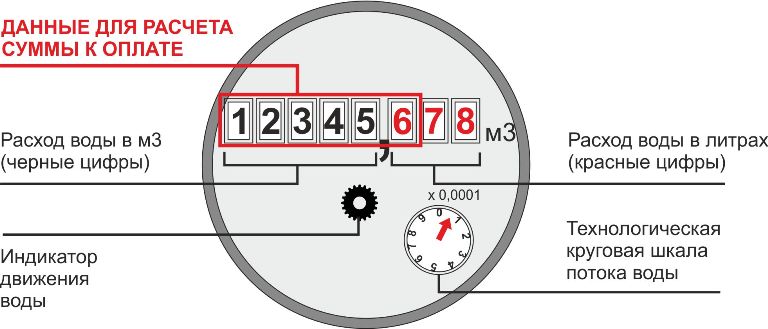
For sale tachometer meters with electronic display. This is a more modern version, but it doesn’t make much sense - it won’t add extra accuracy, and even the screen needs energy. We recommend using a proven mechanical meter.
The most advanced meters transmit information about the consumed volume of water to the collection center, and can also display not only cubic meters of water on the screen, but also rubles that you have to pay. In this way, it will be easier for someone to estimate consumption and take timely measures to save water.
Separately, it is worth noting hot water meters. Surely, many were faced with a problem when a little warm flows from a faucet with hot water. It can not be used for comfortable adoption soul, you have to additionally warm up, but you will have to pay according to the full program. Some counters have a temperature sensor: the flow of hot water will be considered only when its temperature has the corresponding indicators. At lower values, a reduced tariff will be used, or even a tariff for cold water.
Ultrasonic Counters
Water meters of this type are mainly used in industrial conditions, but models designed for domestic use are also available. Outwardly, they may resemble electronic type tachometer counters, but the device can be distinguished by the inscription Ultralyd or Ultrasonic. The principle of operation is based on the passage of ultrasonic pulses along and against the flow of water. These streams are released and received by special sensors, the information from which then comes to the microprocessor, where the consumed water is calculated.
Ultrasonic meters are very accurate and reliable equipment, but they are expensive, and therefore have not taken root in ordinary apartments and houses. In addition, such water meters are sensitive to the composition of water.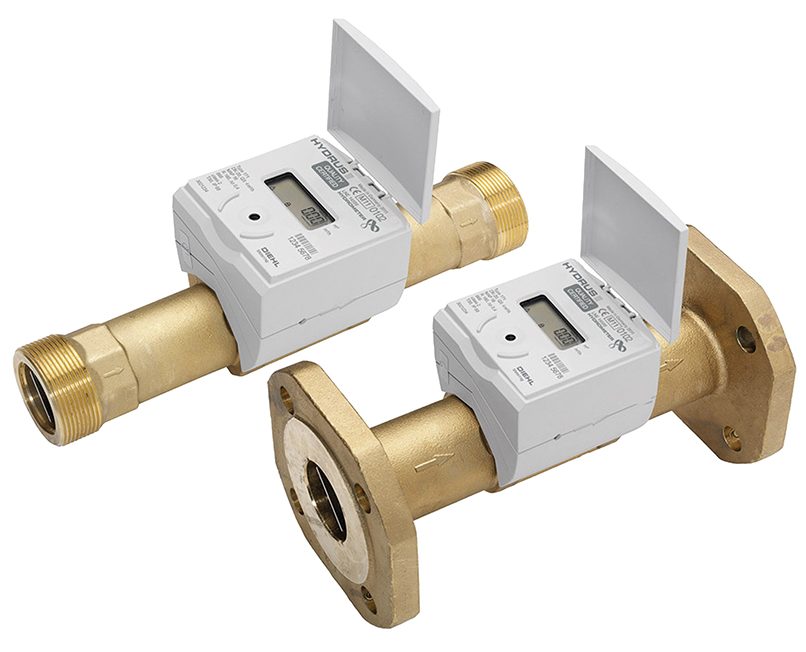
Electromagnetic counters
The basic idea here is the same as in ultrasonic meters, only the amount of water passed through the meter is fixed due to the magnetic field. The coil indicates electromagnetic waves, and the sensors analyze how these waves change after passing through a stream of water. Information about these changes allows us to conclude about the volume of water.
Such meters are expensive, but are not sensitive to the composition of water, however, it is better not to put them in a room with high humidity. It is not advisable to use such complex and expensive equipment in an ordinary apartment - such meters are installed at the entrance to the apartment building, as well as at other facilities where a large flow of water constantly passes.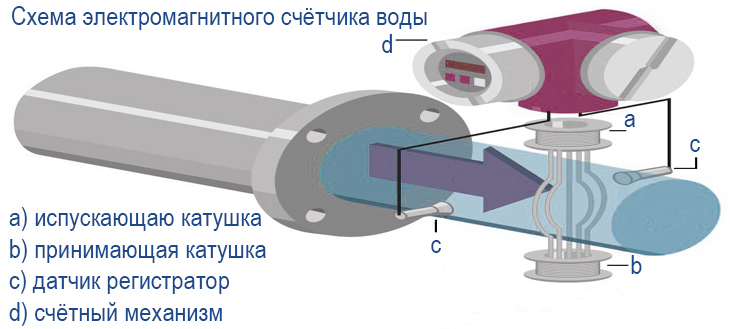
Vortex counters
Vortex or superstatic resonance counters are also used for the most part in industrial environments. All work is done by a swirler, which divides the total flow of water into jets. The amount of water passed is measured in the part where the flow is already divided into three channels. The accuracy of measurements at altitude, but also the cost of the devices is significant.
A common drawback of electromagnetic, ultrasonic and vortex meters (except for the price, of course) is the need to provide power to the meter, i.e. batteries will have to be changed regularly.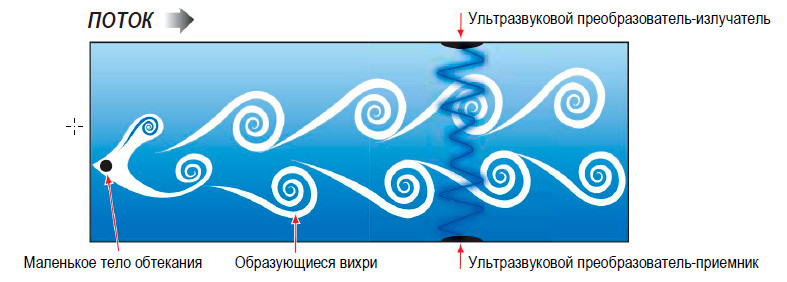
Counter Assignment
Depending on what water the temperature can count, the equipment is divided into the following types:
- water meter to cold water designed to measure water volume up to 300C, for convenience, manufacturers paint the cases of such devices in blue;
- water meter for hot water It is made of more resistant and reliable materials, therefore it costs more. Designed for continuous operation with water temperature + 40 ... + 900C, the body is painted red;
- universal appliances also on sale. They cope with both cold and hot water. Their body is painted gray.
If only cold water is supplied to the apartment, and it is heated with boiler or a double-circuit boiler, then the meter will need only one - for cold water.
If hot water seems to be there, but in fact you are served warm water, then you can install multi-rate meter with temperature sensor and protect yourself from overpaying for unprovided service.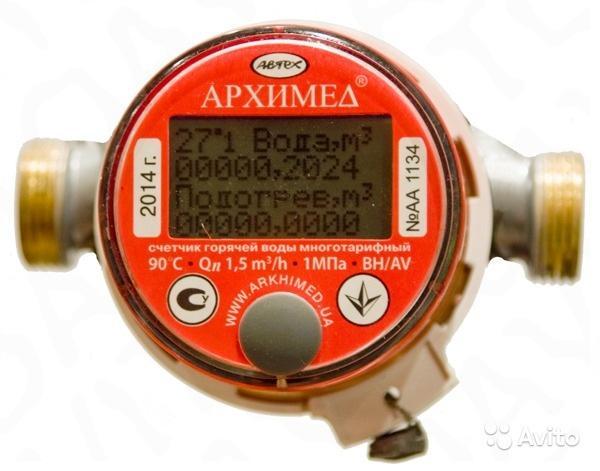
What else to consider when choosing?
When deciding to install a counter, I want to be sure that you will remain with the maximum benefit for yourself. This is possible if the water meter accurately calculates the entire consumed volume of water and will work for a long time without breakdowns, therefore, when choosing a water meter pay attention to the following parameters:
- allowable water flow - this is the maximum volume of water per unit of time that the meter can pass through itself, while ensuring sufficient metering accuracy. For pipes with a diameter of 15 mm, meters are produced with a nominal flow rate of 1.5 m3 / hour and a maximum flow rate of 3 m3 / hour, which is more than enough;
- sensitivity limit - the flow rate at which the impeller or turbine begins to rotate. The standard is a parameter of 15 l / h, but you can find meters with a sensitivity of 1 l / h;
- measurement accuracy it is marked with letters from A to D. For domestic conditions, meters with an accuracy of B are suitable, but there are also more accurate class C devices;
- installation length - this is the distance from one thread of the meter to another, this parameter determines the ability to install the device in the right place. Most devices have an installation length of 110 mm, but there are models with a length of 130, 190 and even 260 mm;
- it is also important to consider which pipe diameter calculated counter. In apartments, pipes with a diameter of 15-20 mm are usually used, in private houses 25-32 mm
- pressure loss. If suddenly there is a leak in the meter, then the water pressure in the water supply will decrease. Most water meters will reduce pressure by 0.6 bar. If this indicator is higher, then we recommend that you refuse to purchase;

- manufacturer name and in the matter of choosing a counter is important. Well proven instruments from Zenner, Actaris, Sensus, Sensus, Elster Metronica, Valtec and Viterra. Counters of domestic production Meter, Pulse, Betar, Econom, Staroruspribor, TPK will cost cheaper;
- body. Counters in brass and bronze cases, as well as those made of stainless steel, have proven themselves best. Devices in a polymer case behave well, but it is better to refuse to buy a water meter in a silumin case - it quickly corrodes;
- there should be icons on the counter about state registration. Also on the dial you can find the serial number of the device and the operating conditions for which it is designed (water temperature, pressure, nominal water flow, accuracy class, pipe diameter);
- the non-return valve will become an additional protection of the system against water hammer, because if there are problems with pressure surges in the local water supply, this option will be useful.

It will also be useful to clarify with the organization that supplies water whether all meters can be installed in apartments. Perhaps they will recommend models that are best proven in these conditions and will advise which counters are best not to take.You need to buy a meter from a water supply organization or a service trading organization - buying on a spontaneous market is fraught with problems with the water supply.
Do not forget that from time to time the meter needs to be verified or replaced with a verified sample. These are additional costs, but they will never be equal to the amounts that you would have overpaid for unused water “according to the norms”.

